Help us find a cure for Aria and Mitochondrial Leigh's Syndrome
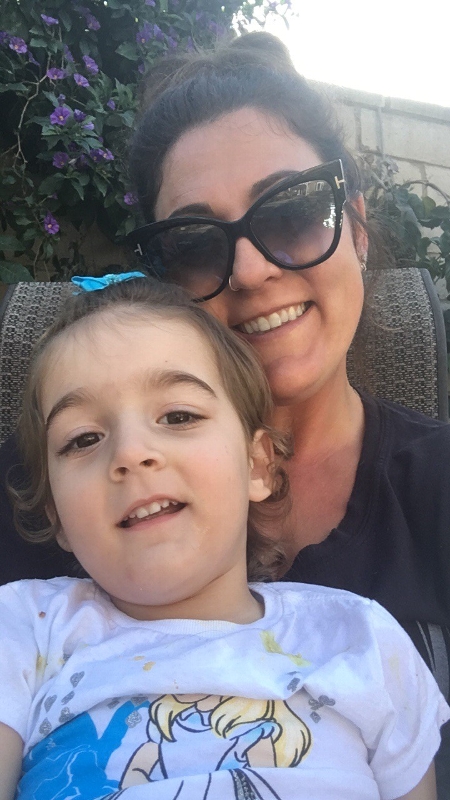
Venessa Benic – Mother of Aria
“We went home defeated and heartbroken....no cure, no treatment, just waiting for our baby to slowly get worse and worse and finally pass. There was no way I would accept that.”
Before we tell you about the heart wrenching journey that began 4 years ago we wanted to share where Aria currently is in her personal journey living with a Mitochondrial Disease called Leigh's Syndrome which to date has very little clinical research and no cure in the foreseeable future.
Despite her incurable disease, today Aria is in a hot pink wheelchair rolling around the neighborhood with all the kids that know and adore her. She cannot speak, walk, feed herself, or use her hands for everyday activities. She is learning to speak with an assisted technology devise that reads her eye gaze when she looks at icons that speak words she looks at. She takes a ballet class every Saturday and performs in a recital twice a year with her studio "Ballet for all kids". She is learning to take steps in her gait trainer where she is able to stand upright with support of the equipment. She loves school and her classmates at Aspen Elementary here in Thousand Oaks. She always has the most positive attitude (and recently won an award for positivity at school) and loves to be surrounded by friends and family. She is a music lover, who is into everything from gangster rap to The Beatles. Nothing is more infectious than her laugh which we hear all day because of her awesome sense of humor. Her favorite person in the world is her big brother and she is his biggest fan screaming and rooting him on at his baseball games.
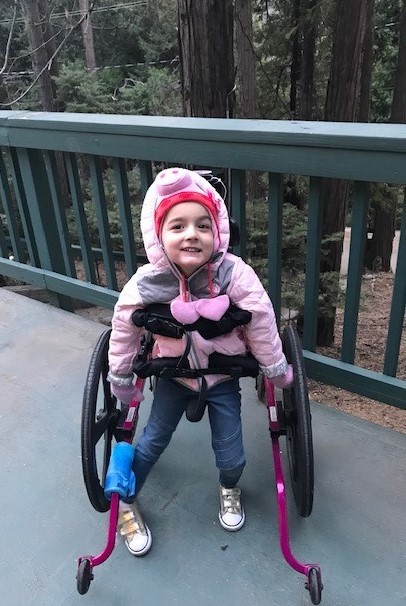
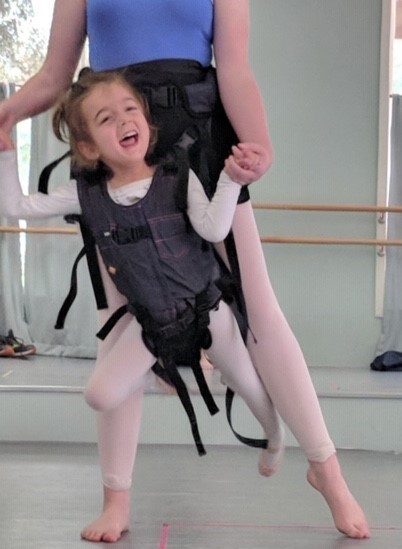
Aria loves to swim and spends as much time as she can in the pool where she can move freely with the assistance of a flotation device that goes around her neck. Aria is a thrill seeker that loves when we sneak her on rides at Disneyland and carnivals.


Aria has learned to work with the abilities she has, and around the abilities she lost. She is brave, sweet, loving, smart, and the most beautiful soul I have ever known. She captures the hearts of everyone she meets with her big brown eyes and her warm smile.
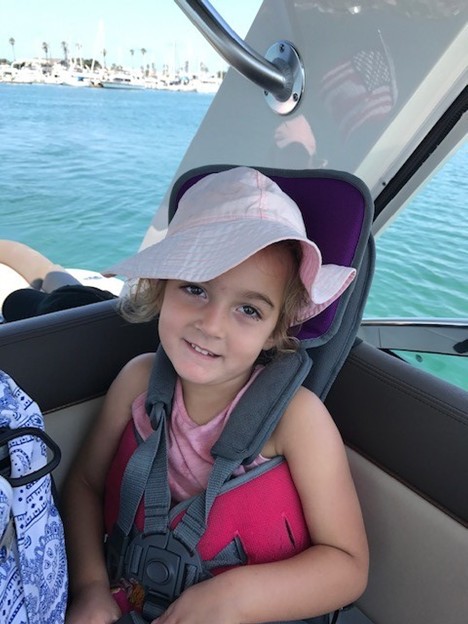
She has truly taught us the meaning of love and life, and what is most important. She has been the greatest gift to our family and anyone who crosses her path. We are determined to help her get into a trial and to treat her disease save her life. Most importantly we are dedicated to giving her the most loving, supportive, "normal" life we possibly can.
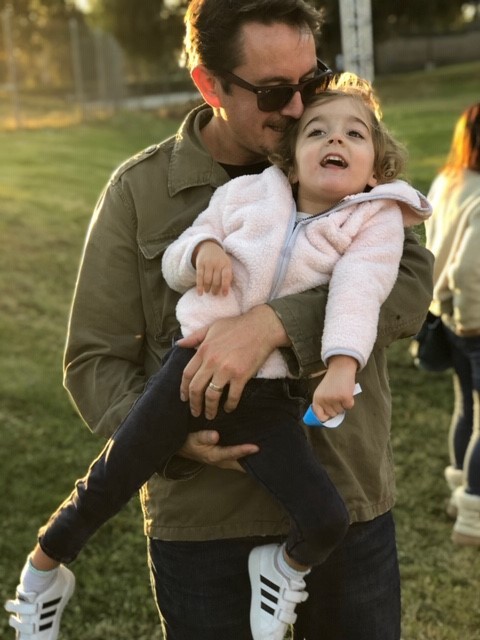
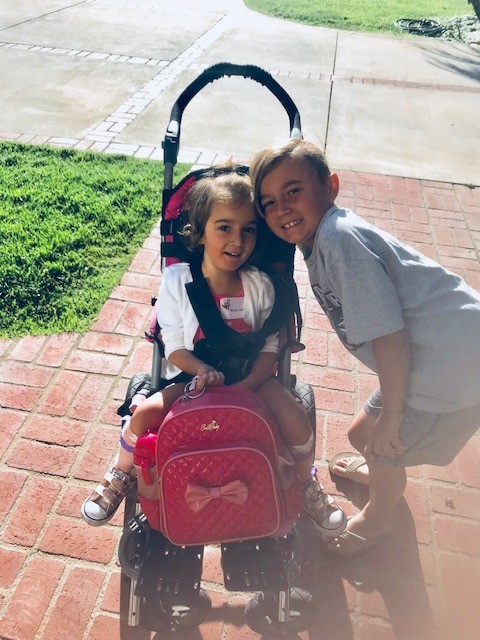
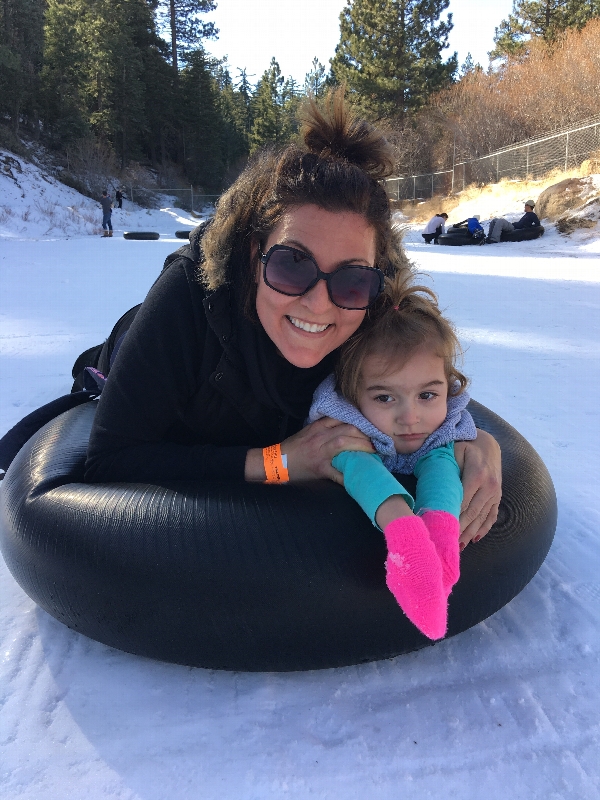
Our Journey
Aria Rose was born perfectly healthy in October 2013. My husband and I were hoping for a little baby girl to join her big brother and complete our family and here she was!
The coming months were followed by the typical new baby protocols. Sleepless nights, constant feeding, adjusting to life with 2 kids and many firsts; smiles, rolling over, giggles, words. Most importantly falling in love with our new baby girl.
Around 7 months we noticed that Aria was not achieving some of the big milestones. When we started working on sitting up on her own, she would fall forwards or backwards almost like a rag doll and seemed to be losing control of her head and neck. This continued along with what seemed like slight loss of skills she had already conquered such as feeding herself puffs or holding her sippy cup.
Our pediatrician had us start physical and occupational therapy that did not seem to help. Finally, he sent us to Cedars Sinai to see a Neurologist. We were admitted immediately to the hospital as soon as they heard our story.
We were terrified. After many intrusive tests, anesthesia and MRI's, the neurologist gave us the news that he suspected that Aria had a Mitochondrial Disease called Leighs Syndrome based on her MRI and clinical features. I had never heard of this. He instructed me NOT to google the disease, which was the first thing I did. I read devastating descriptions, expectations, and prognosis and learned this form of Mito disease is the most severe. I could not believe how our life turned within a week.
Leigh’s Disease is a progressive neurometabolic disorder with a general onset in infancy or childhood, often after a viral infection, but can also occur in teens and adults. It is characterized on MRI by visible necrotizing (dead or dying tissue) lesions on the brain, particularly in the midbrain and brainstem. The child often appears normal at birth but typically begins displaying symptoms within a few months to two years of age, although the timing may be much earlier or later. Initial symptoms can include the loss of basic skills such as sucking, head control, walking and talking. These may be accompanied by other problems such as irritability, loss of appetite, vomiting and seizures. There may be periods of sharp decline or temporary restoration of some functions. Eventually, the child may also have heart, kidney, vision, and breathing complications.
In Leigh's disease, genetic mutations in mitochondrial DNA interfere with the energy sources that run cells in an area of the brain that plays a role in motor movements. The primary function of mitochondria is to convert the energy in glucose and fatty acids into a substance called adenosine triphosphate (ATP). The energy in ATP drives virtually all of a cell's metabolic functions. Genetic mutations in mitochondrial DNA, therefore, result in a chronic lack of energy in these cells, which in turn affects the central nervous system and causes progressive degeneration of motor functions.
There is no cure for Leigh’s Disease. The prognosis for Leigh’s Disease is poor. Depending on the defect, individuals typically live anywhere from a few years to the mid-teens.
We have been up and down the coast to California's best hospitals, Stanford, UCLA, Cedars, Rady's. We see a specialist in Georgia and most recently became a patient at Children's Hospital of Philadelphia where they have frontiered a Mitochondrial Medicine department. This was by far our best decision. They knew her disease better than anyone we had seen. They helped us develop a plan to keep her in optimal health so that she can maintain good function of her unaffected systems. They are conducting several clinical trials in the hopes to eventually treat and cure this awful disease.
Unfortunately to be in a clinical trial for Leigh's, the gene causing the disease must be identified. After exhausting all genetic tests, including a clinical research genetic test through UCLA, Aria's gene has not been found yet, therefore no cure in site.
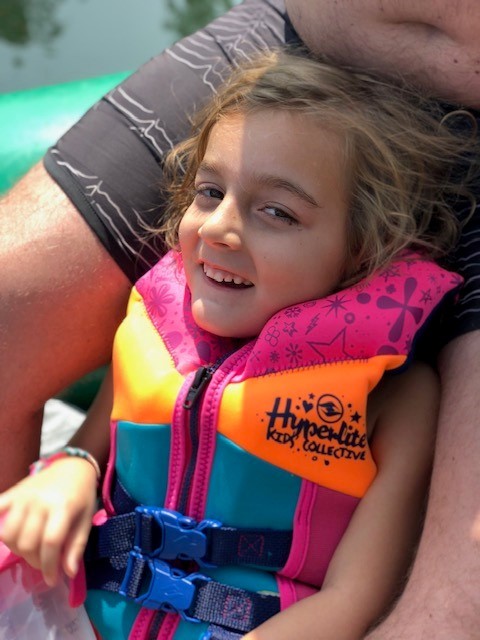
We graciously thank you for your incredibly generous donation to help us find a cure!


Get The Word Out
https://chop.donordrive.com/campaign/Research-For-A-Cure